Real Life Incident: Contact With A Buoy And Near Collision
A VLCC in ballast was approaching port for anchoring. The pilot was confirmed for 10:00. Weather conditions were good with a northerly wind of about 10 knots.
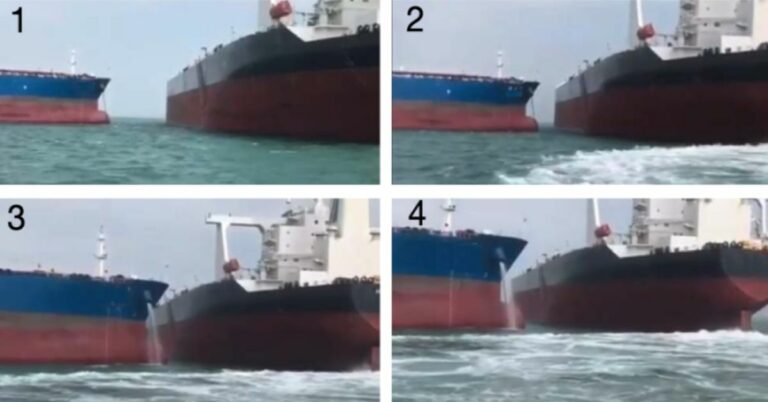
A VLCC in ballast was approaching port for anchoring. The pilot was confirmed for 10:00. Weather conditions were good with a northerly wind of about 10 knots.

The Chief Officer heard the deck cadet’s radio transmission and went to the access hatch. He immediately recognised the need to carry out an enclosed space rescue.
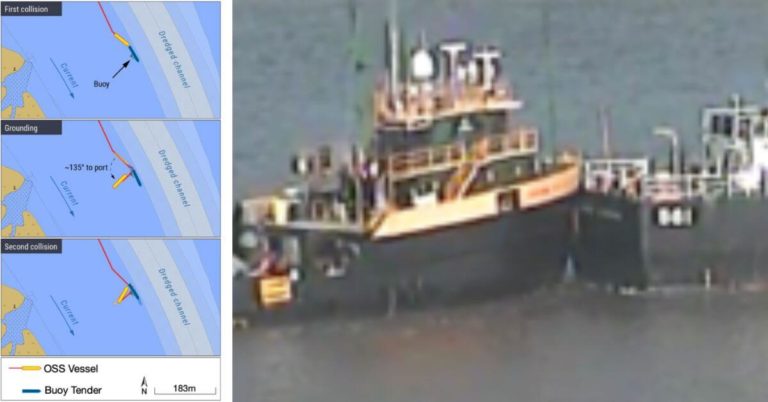
An offshore supply vessel left the berth upstream of the buoy tender and was outbound. Around this time, the buoy tender crew had secured a large buoy on deck; the crew were heaving in the chain.
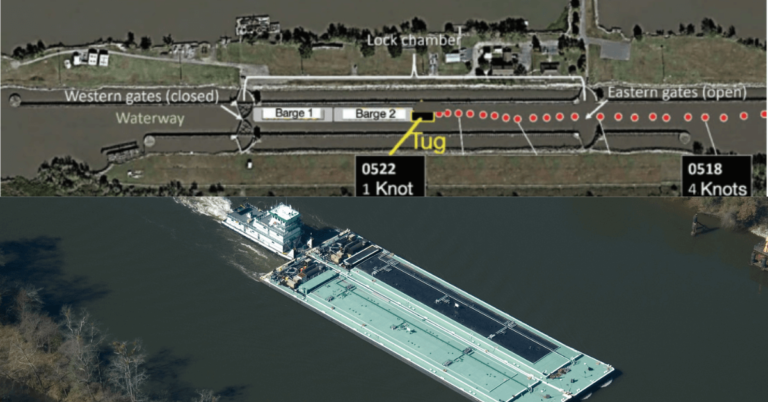
A tug was pushing two steel tank barges loaded with naphtha on an inland waterway. The Master had been at the con/helm for several hours before retiring to his cabin for some rest. About 4.5 hours later, a little after 0500, the Master awoke and proceeded to the wheelhouse to assume the watch, even though his watch normally started at 0600.
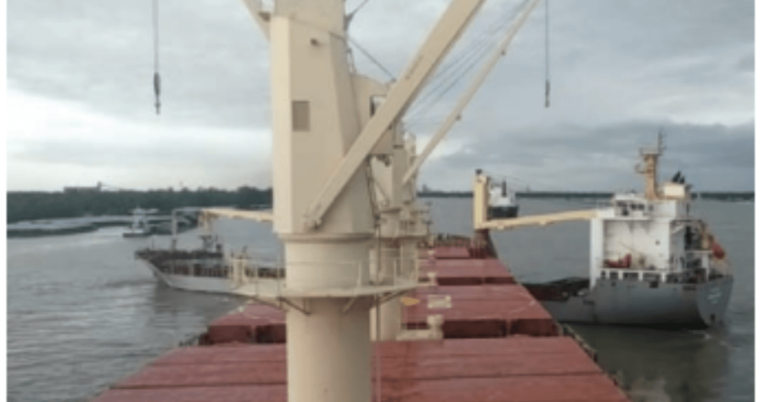
A loaded general cargo vessel left berth to anchor in the river for repairs before proceeding to sea. The pilot decided to use both anchors; however, rough weather resulted in a minor collision with another anchored ship.
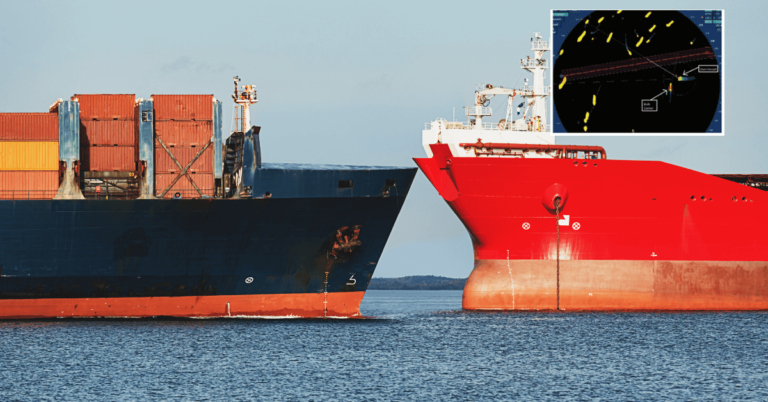
In darkness, a vessel was proceeding to a busy anchorage under the con of a pilot who had just boarded. The pilot and the Master engaged in small talk as they proceeded and there was also an OOW and a lookout on the bridge.
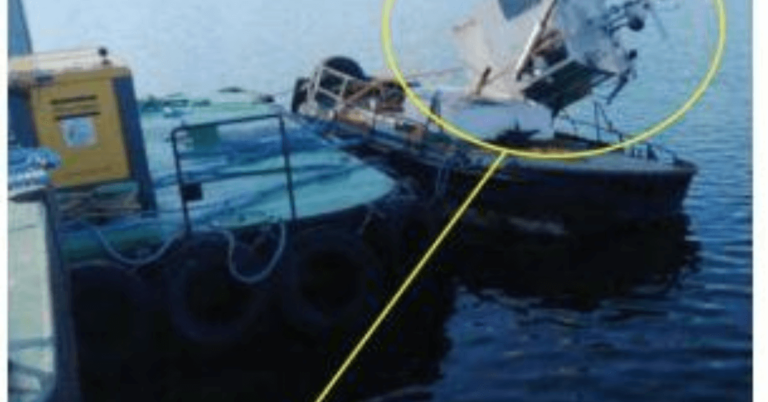
A ro-ro vessel was inbound and had just boarded a pilot. The Master was soon to take a pilot exemption certificate for the port, so he asked the pilot for permission to manoeuvre the vessel into the harbour under the pilot’s supervision. The pilot had no objections.

On 30 August 2021, Teal Bay’s chief officer was fatally injured when he was struck by a mooring line when it sprang out of an open roller fairlead. Teal Bay was moored alongside an anchored bulk carrier.
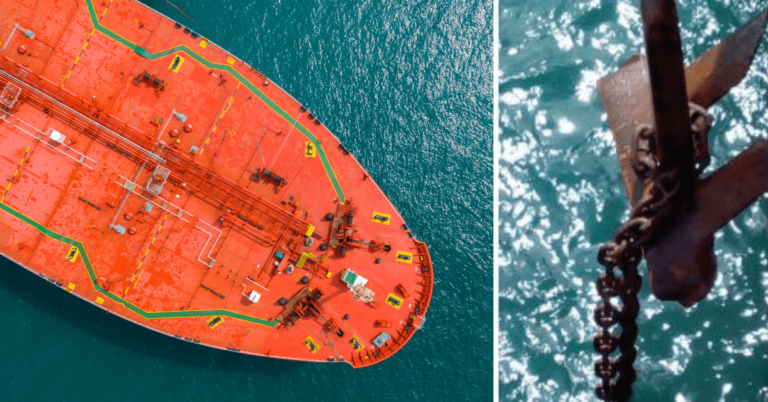
A tanker arrived at a busy anchorage for bunkering and provisions. With pilot on board, they prepared to drop the port anchor at the designated anchorage. After preparations were completed the port anchor was let go on the brake, with instructions to secure it with seven shackles in the water.
"*" indicates required fields